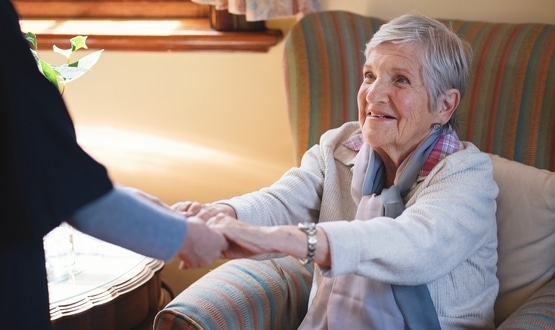Fast followers to lead SCR roll out
- 13 January 2009
Seventeen primary care trusts are due to begin implementing the Summary Care Record before 1 April as part of a ‘fast follower’ group that will lead the national roll-out of the SCR.
Five PCTs – Stoke-on-Trent, Lincolnshire, Medway, Brighton and Hove, Ashton, Leigh and Wigan – have been named as confirmed fast followers, and the first of these is expected to start sending patients information on 23 January.
Lincolnshire PCT aims to start its patient information mailing on 30 January, with start dates in February and March for the other three PCTs.
A further 12 PCTs have been identified as potential fast followers. These include three London PCTs – Barnet, Camden and Southwark – plus South Tyneside, Surrey, Middlesborough, The Isle of Wight, Hampshire and Bristol.
NHS Connecting for Health told EHI Primary Care and E-Health Insider that fast followers are defined as PCTs ready to start sending SCR material to patients from two GP practices before 1 April.
The practices need to be using an iSoft system, as it is the first of the GP IT systems to be approved for national roll-out.
Richard Corbridge, implementation programme manager for the SCR , said the aim was to test CfH’s toolkit and systems for implementation before the full, national roll-out began.
He added: “We will still be doing this very slowly and carefully to make sure there are no issues from any GP practices, while at the same time trying to make sure that when we get to the summer there have been a number of patients who have been contacted.”
Just over three quarters of PCTs in England completed an SCR readiness questionnaire from CfH towards the end of last year, with the vast majority stating that they will need to undertake a ‘moderate’ amount of work in one or more workstreams before they are ready to roll-out.
Eight PCTs said only a ‘small’ amount of work would be needed and a further eight said a ‘significant’ amount of work would be required in multiple workstreams. PCTs anticipating the need for significant work include Shropshire and Lecistershire County and Rutland.
A spokesperson for CfH said 90% of PCTs have now completed the readiness assessment tools and plans are in place for the remaining 10% of PCTs.
Informatics Planning guidance published before Christmas said that local health communities should ensure full roll-out within two years of GP systems becoming SCR compliant.
Corbridge said iSoft had achieved approval for national roll-out and predicted that TPP would be approved very shortly. INPS is testing a new version of its SCR software, which Corbridge said was likely to go into its first practices in April, with a 45 day safety check period to follow.
EMIS, the leading GP system supplier in England, with almost 60% market share, is still involved in testing for its SCR software. Corbridge said he hoped it would go into more formal testing at the end of March, followed again by a 45 day safety check period.
Information compiled for the 26 November meeting of the Summary Care Record Advisory Group shows that 680,998 patients had been mailed by the public information programme. Of them, 6,043 patients had chosen not have an SCR stored (0.89% of the mailed population) and a further 0.02% had chosen ‘store don’t share’ status.
At the time 29 practices, or 7.59% of the early adopter population, had achieved business go-live for the SCR along with six urgent and emergency care domains.
The November SCRAG meeting was also presented with a draft version of a document setting out six principles for implementing the new ‘permission to view’ consent model for the SCR.
The principles cover circumstances in which there might be uncertainty about seeking a patient’s permission to view. Advice is given on scenarios such as allowing any member of a district nursing team to view an SCR before a home visit.
Advice is also given on defining the scope of permission being sought and on explaining the implications to patients who elect ‘not to be asked in future’ about their consent. Corbridge said the principles were currently in final draft form.




